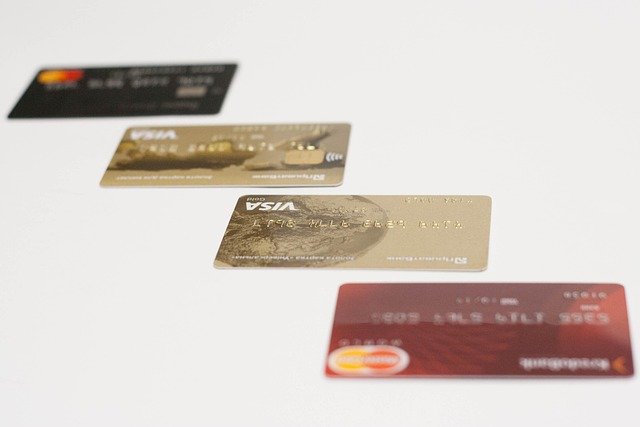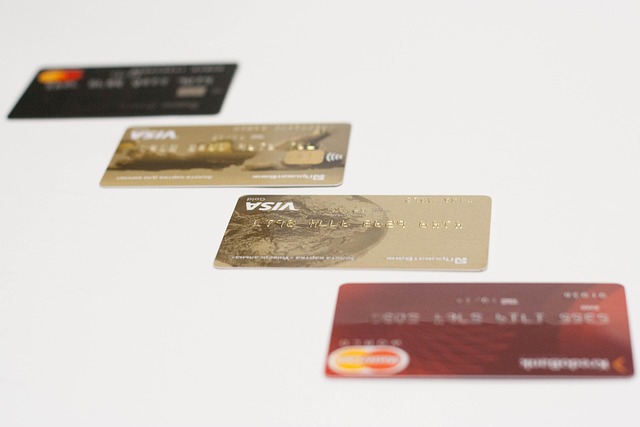Screwless Dental Implants: A Modern Approach to Tooth Replacement
Dental implant technology has evolved significantly over recent years, with screwless dental implants emerging as an innovative solution for those seeking tooth replacement options. These advanced systems offer patients alternatives to traditional screw-retained implants, potentially providing benefits in terms of procedure time, comfort, and aesthetic results. Understanding how these modern implant systems work and their associated costs can help patients make informed decisions about their dental restoration needs.

Dental implants have revolutionized tooth replacement, offering patients durable, functional, and aesthetically pleasing solutions. Among the latest advancements in this field are screwless dental implants, which represent a significant innovation in implantology. These modern systems are changing how dental professionals approach tooth restoration and how patients experience the implant process.
What Are Screwless Dental Implants?
Screwless dental implants, as the name suggests, are dental implant systems that don’t rely on traditional screws to secure the prosthetic tooth to the implant base. Instead, these systems utilize alternative connection methods such as friction-fit designs, snap-on mechanisms, or magnetic attachments. The implant itself is still surgically placed in the jawbone, but the way the crown or prosthetic tooth attaches differs significantly from conventional systems.
The primary component of screwless systems is typically a titanium post that integrates with the jawbone through osseointegration, similar to traditional implants. However, the abutment (connecting piece) and crown attachment mechanisms employ innovative designs that eliminate the need for screws. This design modification addresses several challenges associated with screw-retained implants, including potential screw loosening, fractures, and aesthetic limitations.
Benefits of Screwless Implant Technology
Screwless dental implant systems offer several advantages over their traditional counterparts. Perhaps the most significant benefit is improved aesthetics. Without screw access holes on the chewing surface of molars or the back of front teeth, dentists can create more natural-looking restorations with better color matching and translucency.
From a functional perspective, screwless designs often distribute forces more evenly across the implant and surrounding bone, potentially reducing stress concentration points that could lead to complications. Many patients also report greater comfort with these systems, as the absence of screws eliminates the sensation of having a foreign object in the mouth.
Maintenance can be simpler with screwless implants as well. Traditional screw-retained implants sometimes require periodic screw tightening or replacement, whereas screwless systems may reduce these maintenance requirements. Additionally, some designs allow for easier removal of the prosthetic component when professional cleaning or repairs are necessary, without damaging the underlying structure.
How Screwless Dental Implant Procedures Work
The procedure for placing screwless dental implants follows many of the same steps as traditional implant placement but differs in the final restoration phase. Initially, the dentist conducts a comprehensive examination, including 3D imaging, to evaluate bone density and determine optimal implant positioning.
During the surgical phase, the titanium implant post is placed into the jawbone under local anesthesia. Following a healing period of typically 3-6 months, during which osseointegration occurs, the unique aspects of screwless technology come into play. Rather than using screws to attach the abutment and crown, the dentist uses the specific connection mechanism of the chosen screwless system.
Some systems use a friction-fit or snap-on mechanism where the restoration is pressed onto the abutment with precise pressure until it locks into place. Others might employ small locking tabs or specialized cement designed specifically for these systems. The result is a secure connection without visible hardware or access holes that could compromise aesthetics or function.
Cost Considerations for Screwless Dental Implants
The cost of screwless dental implants typically exceeds that of traditional implant systems, reflecting the advanced technology and materials used. In Greece and other European countries, patients can expect to pay between €1,500 and €3,000 per implant for screwless systems, compared to €1,000 to €2,500 for traditional screw-retained options. The total treatment cost depends on several factors, including the number of implants needed, any preparatory procedures such as bone grafting, and the quality of the final prosthetics.
Insurance coverage varies significantly, with many dental insurance plans providing only partial coverage for implant procedures, regardless of the type. Some providers may classify screwless systems as “premium” options, resulting in lower reimbursement rates compared to traditional implants.
| Screwless Implant System | Average Cost Per Implant | Notable Features |
|---|---|---|
| Nobel Biocare NobelProcera | €2,200 - €2,800 | Precision-milled connection, high aesthetic results |
| Straumann BLX | €2,000 - €2,600 | Reduced diameter option, immediate loading possible |
| Ankylos | €1,800 - €2,400 | Tissue-friendly connection, long-term stability |
| Bicon Dental Implants | €1,500 - €2,200 | Locking taper connection, simplified restoration |
Prices, rates, or cost estimates mentioned in this article are based on the latest available information but may change over time. Independent research is advised before making financial decisions.
Comparing Traditional vs. Screwless Implant Technologies
When deciding between traditional and screwless implant systems, patients should consider several factors beyond cost. Traditional screw-retained implants have a longer track record with decades of clinical data supporting their long-term success. They also offer the advantage of retrievability—the restoration can be unscrewed for maintenance or replacement without damaging components.
Screwless systems, while newer, address several limitations of traditional designs. The absence of screw access holes improves aesthetics and eliminates issues like screw loosening or fracture. Some screwless designs also create a better seal between components, potentially reducing bacterial infiltration that could lead to peri-implantitis (inflammation around the implant).
For anterior (front) teeth where aesthetics are paramount, screwless options often provide superior results. For posterior (back) teeth where stronger chewing forces are present, the choice depends on specific clinical factors that your dentist can evaluate. Many dental professionals now offer both options and can recommend the most appropriate solution based on individual patient needs.
Selecting the Right Implant Solution for Your Needs
Choosing the optimal dental implant system requires careful consideration of your specific circumstances. Factors to consider include the location of the missing tooth, your jawbone density and volume, aesthetic expectations, budget constraints, and long-term maintenance preferences.
A comprehensive consultation with an experienced implantologist is essential. During this consultation, the dentist should explain the advantages and limitations of different implant systems, including screwless options, and how they apply to your specific case. Modern diagnostic tools like 3D cone beam CT scans can provide detailed information about your oral anatomy to guide this decision.
It’s also worth considering the dentist’s experience with different implant systems. Some clinicians specialize in particular brands or techniques and may achieve better results with systems they use frequently. Don’t hesitate to ask about success rates, complications, and examples of previous work with the recommended implant system.
This article is for informational purposes only and should not be considered medical advice. Please consult a qualified healthcare professional for personalized guidance and treatment.




